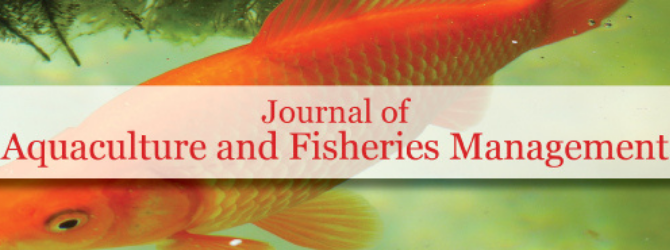
Sign up for email alert when new content gets added: Sign up
Everybody knows our coastal ecosystems are under increasing pressure – a recent article in the press (Fred Peace in China Dialogue Ocean) highlights a number of the issues, especially habitat loss and degradation due to aquaculture. This article graphically illustrates the hurdle that must be overcome - aquaculture is seen as part of the problem, when it has the potential to be a big part of the solution. Herein the case is made that farming the oceans through utilization of the surface of the seas is both possible and desirable, and if done using ecosystem enhancement may ameliorate or reverse many such issues as habitat loss/degradation, overharvesting and climate change pressures. An effective method of improving ecosystem health or productivity is to increase the amount of habitat available, in a marine context this is often seen through the use of artificial reefs. These artificial reefs (deliberately placed or otherwise) can become absolute hotspots for marine life, eg the wreck of the Yongala is a world famous dive site brimming with life in an area which is otherwise devoid of reef and quite sterile. Wrecks and artificial reefs are renowned for being good dive sites and good fishing sites because they provide habitat and higher quality habitat increases biodiversity, which will increase the resilience of local coastal ecosystems by providing a source of colonists. In deeper water similar structures can be suspended from the surface of the seas creating permanently anchored floating artificial reefs. Marine ecosystems are very easy to grow – anything left in the water will attract life to it and quickly become covered in biofouling, which will attract gazing fish and the grazing fish attract predators. More habitat diversity increases species diversity, so complex structures quickly develop complex ecosystems (increased effort equals increased reward) and over time a structure will increase biomass and local biodiversity and will become indistinguishable from healthy natural reef in terms of species richness and abundance. This enhanced habitat can be managed to produce what could be called a free range fish farm to produce commercial quantities of a variety of local species through assisted recruitment, thereby providing an abundance of seafood products without fishing pressure on natural areas. Coral reefs face the same pressures as other coastal ecosystems and are an excellent candidate for cultivation. They occupy less than 1% of the earth, yet are utilized by almost a quarter of marine species for some or all of their life cycle, and support many commercial and recreational fisheries. One of the most significant threats to coral reefs in general, and particularly the Great Barrier Reef (GBR) is coral bleaching due to higher than normal temperature. Severe coral bleaching was first recorded in the GBR in 1998, which was the hottest year on record at the time. Since then there have been 4 more mass bleaching events and February 2020 saw the highest monthly sea surface temperatures recorded in the GBR since records began in 1900. Bleaching can kill coral (decreasing habitat quality) and is also associated with reductions in larval numbers and coral settlement in the subsequent spawning season (meaning it doesn’t recover as well) creating a negative feedback loop of reef degradation. An artificial coral reef just off the continental shelf would be more protected from the bleaching and provide a source of larvae and other organisms to enable recovery. Coral reefs around the world also suffer as a result of fishing practices – destructive practices like dynamite fishing and bottom trawling destroy habitat, while overfishing and illegal fishing are rampant, and getting worse with the impact of COVID-19. Often less developed nations are compelled to fish in ecologically damaging ways because the urgency of feeding their families exceeds the perceived long-term impact of their activities. Small floating reefs can be constructed relatively cheaply and quickly and run by small coastal towns/villages. These can be used to boost productivity, allowing recovery of natural reefs, or used to create an income for poverty stricken residents as well as alternative accommodation or protection for Pacific Island nations dealing with rising sea levels and increased storm activity from climate change. Climate change also affects temperate reefs – Tasmanian Giant Kelp beds in particular. The temperature of the East Australian Current has warmed by around two degrees Celsius over the past few decades. The water temperature in winter is now not cold enough to kill off the larvae of the purple urchin, which has subsequently extended its range into the kelp beds. These urchins eat the hold-fast of the kelp (where it attaches to the rock) and continue to graze all algae, preventing recovery of the kelp. As a result Giant Kelp ecosystem